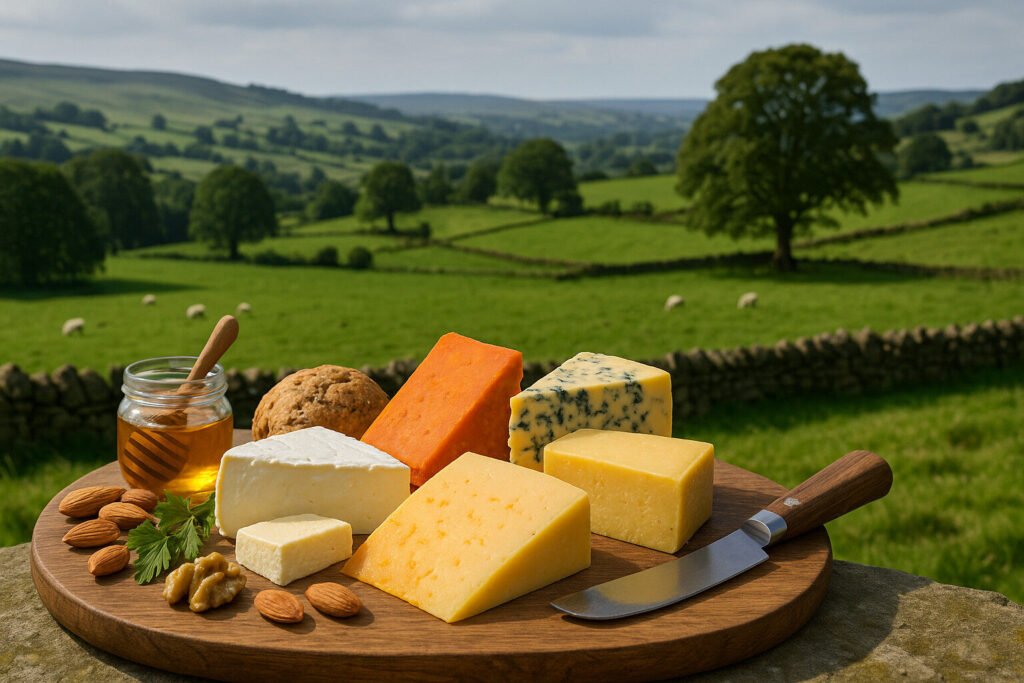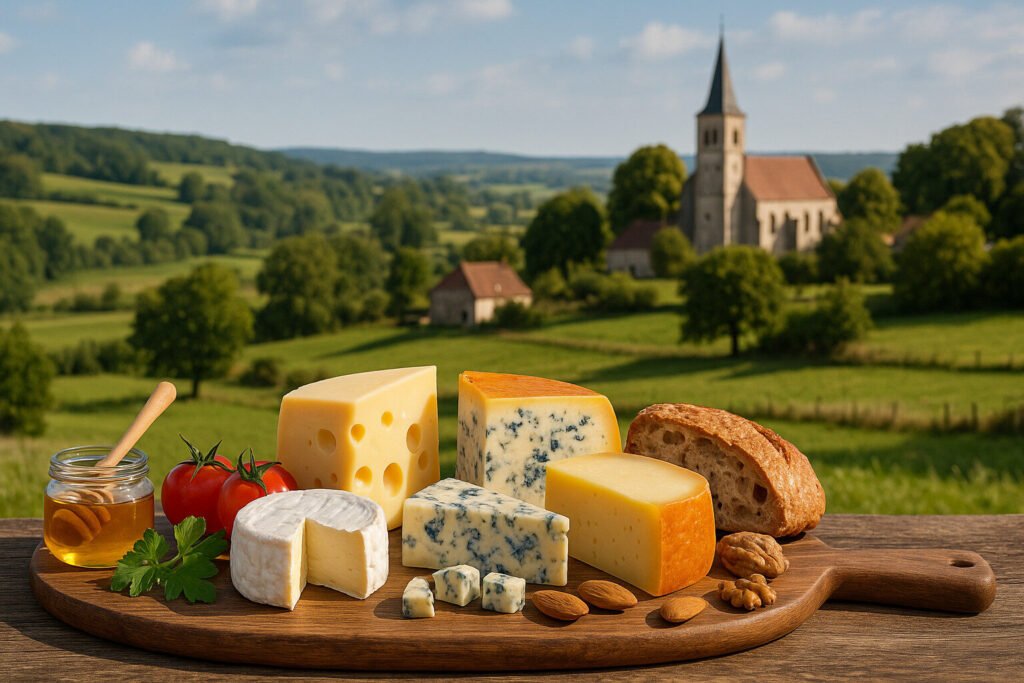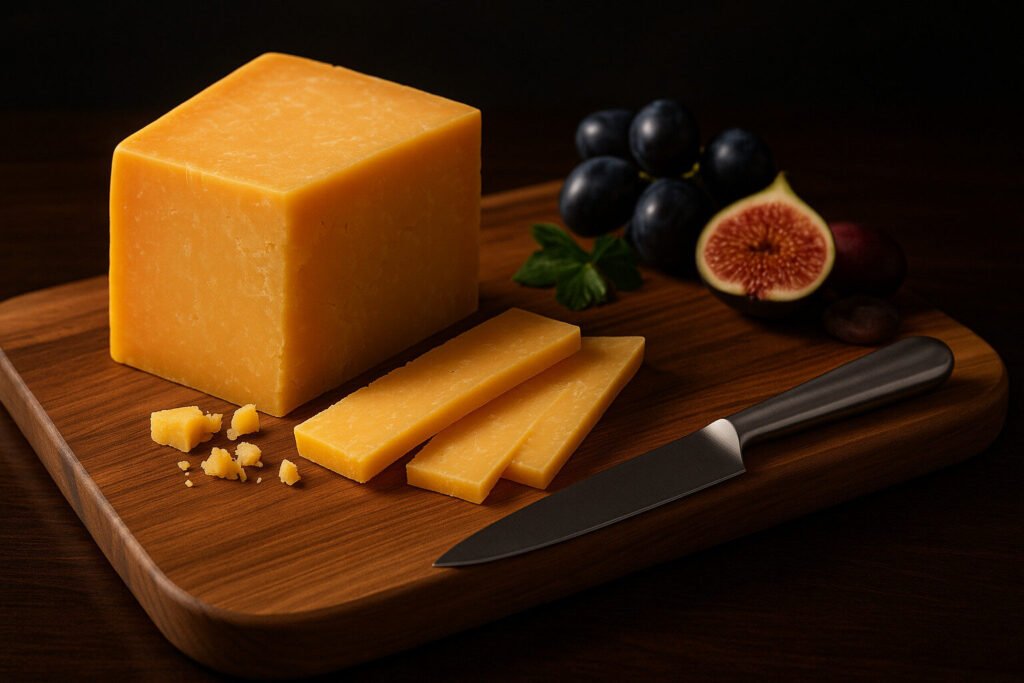Cheese Of United Kingdom
Definition and Scope
United Kingdom cheese refers to dairy products manufactured within England, Scotland, Wales, and Northern Ireland. This category encompasses a wide range of styles, from hard, territorial cheeses to modern soft varieties. The scope includes both farmhouse productions and larger creamery outputs, all adhering to regional traditions.
British cheese is legally defined and often protected by designations like Protected Geographical Indication (PGI). These regulations ensure specific production methods and regional provenance are maintained. The classification covers cheeses made from cow’s, sheep’s, or goat’s milk, showcasing the diversity within the national boundary.
Production Techniques
Traditional British cheese-making frequently involves cheddaring, a process of stacking and turning curds to expel whey. This technique is essential for creating the dense, firm texture characteristic of cheeses like Cheddar and Gloucester. Many producers continue using raw milk and animal rennet for authentic flavor development.
Modern techniques include controlled fermentation and precision temperature management during aging. Affinage, the art of cheese maturation, occurs in specific environments like cloth-bound aging rooms or caves. These methods balance tradition with consistency across seasonal milk variations.
Sensory Profile
UK cheeses present a broad spectrum of flavors, from the mild, buttery notes of Double Gloucester to the robust, tangy characteristics of mature Cheddar. Textures range from crumbly and moist in Cheshire to smooth and supple in Stilton. Many territorial cheeses develop complex, nutty undertones during extended maturation.
Aromatic profiles can include earthy, farmyard notes in traditional cloth-bound cheeses. Blue-veined varieties like Stilton deliver sharp, peppery flavors balanced by creamy mouthfeel. The sensory characteristics directly reflect local terroir, animal diet, and specific aging conditions.
Culinary Uses
British cheeses serve both as table cheeses and key ingredients in cooking. Hard varieties like Cheddar are ideal for grating over dishes or melting in sauces. Crumbly cheeses such as Wensleydale complement fruits in desserts or salads, providing contrasting textures.
Soft cheeses like Cornish Yarg are often featured on cheeseboards with crackers and chutneys. Blue cheeses including Shropshire Blue enhance salad dressings and savory pastry fillings. Their versatility makes them suitable for traditional recipes like Welsh rarebit and modern gastronomy.
Regional Examples
England produces iconic cheeses such as Cheddar from Somerset and Stilton from the Midlands. These represent protected designations with strict geographical and production criteria. Other notable examples include Red Leicester and Lancashire, each with distinct historical manufacturing regions.
Scotland contributes Dunlop and Caboc, while Wales is known for Caerphilly and Perl Wen. Northern Ireland produces farmhouse varieties like Young Buck blue cheese. These regional specialties demonstrate how local climates and dairy traditions shape unique cheese identities across the United Kingdom.





